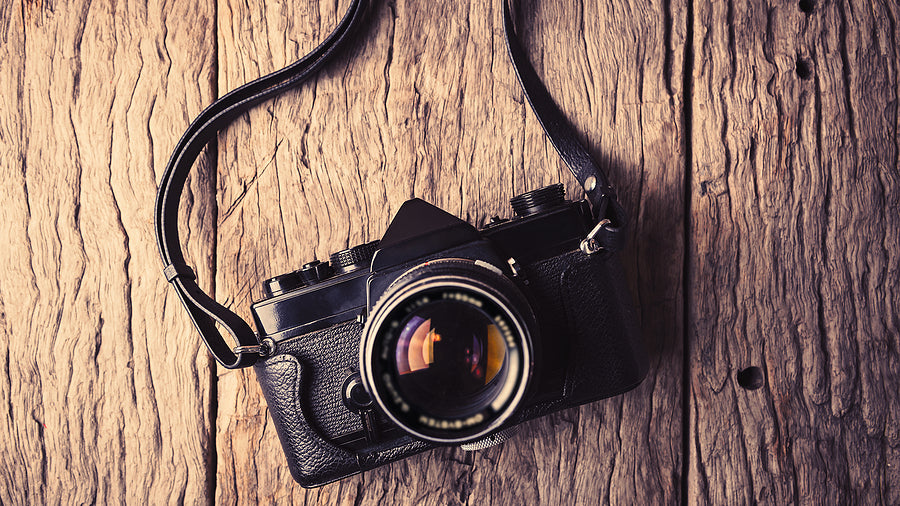
What Was The First Ever Photograph?
Mark FaulknerShare
The camera is a huge part of our lives, and in the present day nearly everyone on Earth has a way of taking pictures in their pocket, and thanks to picture sharing sites like Instagram, photography is more accessible and more popular than ever.
Before the mobile phone, however, before even vintage camera bags filled with film, lenses and SLR bodies, there were thousands of years of invention and discovery to translate a natural phenomenon into an art form everyone can take part in.
Here is the story of what led to the first-ever photograph.
Developing The First Film
The principle that enables cameras to work, camera obscura technically has existed since the first caves and may have inspired several Paleolithic era cave drawings, although the principle was first believed to have been described between the 5th and 3rd century BC by the philosopher Mozi.
The most influential work which led to the invention of the camera came from Alhazen, otherwise known as Ibn al-Haytham in the 11th century, who explained the concept of the pinhole camera as a result of light travelling in straight lines.
The pinhole camera, a device that replicates the camera obscura process to project images onto a surface has existed since the mid 16th century, but in the 17th century, the first steps towards turning these projections into images were created.
The credit for discovering photography goes to three scientists.
- Johann Heinrich Schulze who showed that substances could darken because of sunlight,
- Carl Wilhelm Scheele, who demonstrated that silver chloride in an ammonia solution could be used,
- and Thomas Wedgewood, who created the first photographic images.
However, none of these experiments survived, meaning that the first photograph is View From The Window at Le Gras, taken between 1825-27.
It used heliography, a process borrowed from lithographic techniques to create a plate using sunlight, a lithographic stone and bitumen of Judea, which created a negative image that could be reproduced.
